Quote of the Day: “Relationship is primary,” Ragins says. “It is possible to cause seemingly biochemical changes through human emotional involvement. You literally have changed his chemistry by being his friend.” from the book The Soloist by Steve Lopez, p. 210, when Lopez was consulting with Dr. Mark Ragins about his friend Nathaniel Anthony Ayers and his mental illness which lead to him dropping out of Julliard in the early 1970’s and living on the streets of L.A. in 2005, when the two met.
The 2009 film The Soloist was a sleeper movie for me. I stumbled upon it on the 4th of July when I was scrolling through movies on one of the steaming sites. Life, for me at that time, was pretty distracting and I didn’t go to the movies much, if at all. Also, it did not receive box office success, although, both Jamie Foxx and Robert Downey, Jr. earned praise for their performances. Perhaps that’s because it’s a real story, and I applaud the film makers for doing a pretty good job of sticking to it, and it doesn’t wrap up with a tidy bow at the end. One change they have is to make Lopez a sad divorcee in the movie, when in real life he has an amazingly supportive wife. I’m not sure that added much to the story or characterization. The story, both book and film, is about the friendship between Lopez and Ayers. Both men are searching for meaning and connection. They find it through the transcending power of music. That’s where I think the film makers missed the mark. Or, maybe you have to experience the music and the musician becoming one in person, vs. recorded or on screen, to truly feel what is happening.
I’m a musician and a piano teacher. This story resonates with me. I know the power of music. I’ve felt the force of it awaken me, and others, to reach in and touch an inner part that seemed untouchable. I’ve played music and lead singing in memory care units and watched the residents come alive, singing every verse to a favorite hymn or golden oldie – from memory! In The Soloist, Lopez writes that music is the only drug that truly works for Ayers, and the only one that he’ll consistently take.
Both the book and film teach us more about life of the unsheltered, who is homeless, and why some people are wandering the streets. When we were in Hawaii, the shuttle bus driver probably noticed that we were looking out the windows and seeing a homeless community, tents, people lying around, various objects that indicated that they lived on that green space. He said, “You know. Some people are homeless because they take drugs. Others are homeless because they aren’t taking their drugs.” Not that meds are the answer to mental illness, and certainly not one size fits all, but everyone needs an advocate. This story also gives us a better understanding of mental illness. In the case of Ayers, Schizophrenia. This gifted and talented man took to the streets, some of the noisiest areas of L.A. to shut out the voices in his head.
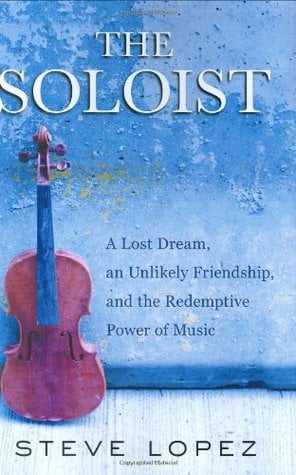 After I watched the film, I ordered Lopez’ book. I wanted to learn more about this unique relationship. I was hoping to read more about what happened to Ayers after all the attention wore off, but the book came first. I found only a couple articles on the internet. And, of course, he has a right to his privacy, as does his family. What I felt from reading the book, however, that I didn’t get from the film, was the outpouring of love and concern from many people – the workers at Lamp, the shelter in L.A., the publicist for the L.A. Philharmonic Orchestra Adam Crane, musicians who welcomed Ayers and talked to him about music and listened to him play. Yo-Yo Ma, who attended Julliard at the same time as Ayers, invited him to his dressing room after a concert and let him play his cello.
After I watched the film, I ordered Lopez’ book. I wanted to learn more about this unique relationship. I was hoping to read more about what happened to Ayers after all the attention wore off, but the book came first. I found only a couple articles on the internet. And, of course, he has a right to his privacy, as does his family. What I felt from reading the book, however, that I didn’t get from the film, was the outpouring of love and concern from many people – the workers at Lamp, the shelter in L.A., the publicist for the L.A. Philharmonic Orchestra Adam Crane, musicians who welcomed Ayers and talked to him about music and listened to him play. Yo-Yo Ma, who attended Julliard at the same time as Ayers, invited him to his dressing room after a concert and let him play his cello.
I love this story because it shows the good in people. It proves that an act of kindness and offer of friendship can, indeed, change a life. And, that music has powers beyond our understanding.
An end note to the movie points out that, in 2009, there were over 90,000 homeless people in Los Angeles County. How many are there, now? And, how many more in other areas of the United States of America? Where did they go when we were all told to “Shelter in Place?”
We have so much more to do to take care of our fellow citizens, to learn about and help heal mental illness, and provide basic needs (shelter and food) to all. Lopez’ book The Soloist, and the enlightening movie that it inspired, has done well to shed light on the plight of the unsheltered.
Go. Create. Inspire!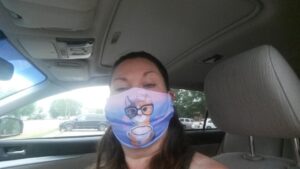
And, please wear a mask when you’re out in public. It is one way to help stop the spread of Covid-19. We all need to work together to keep everyone healthy.
Journaling Prompt: Have you seen, or read, The Soloist? Are you a musician? When have you felt, or observed, the power of music? What is your community doing to help the unsheltered in your area?





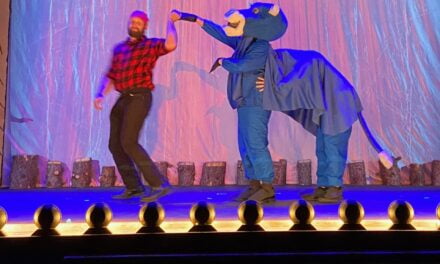




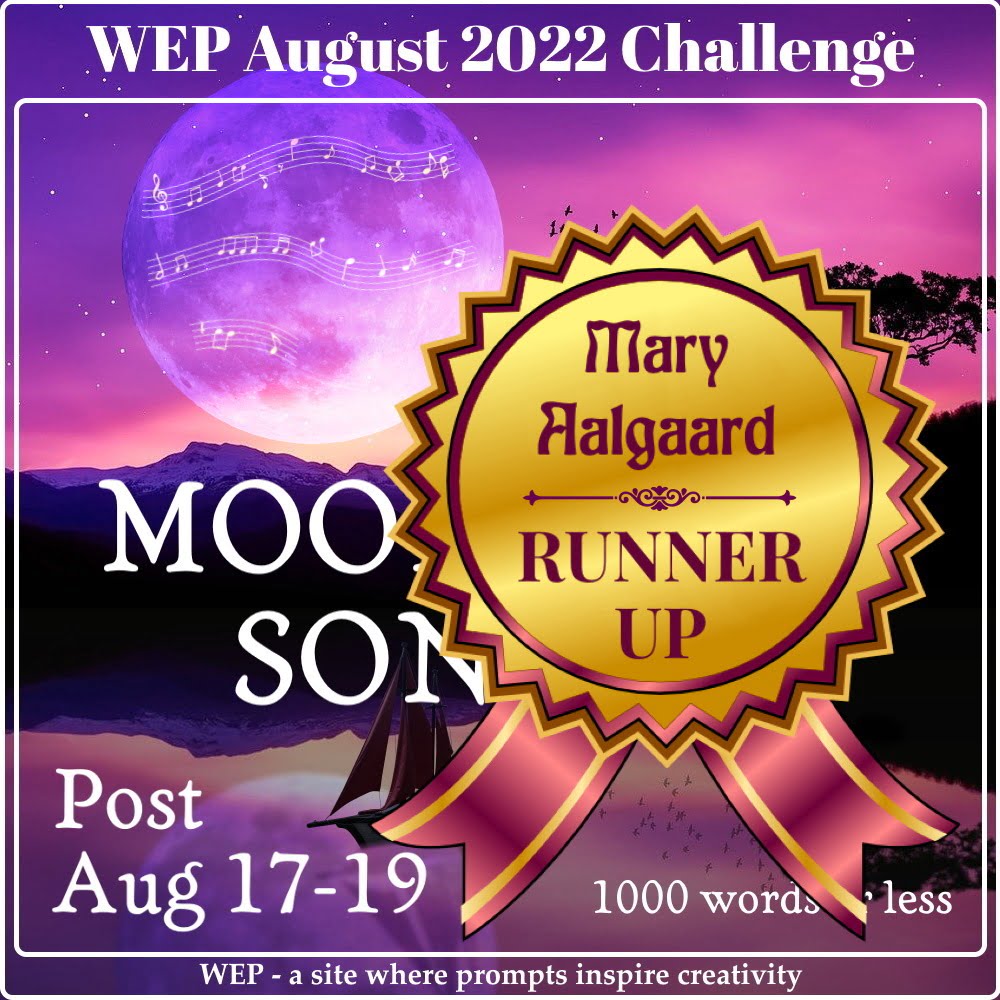

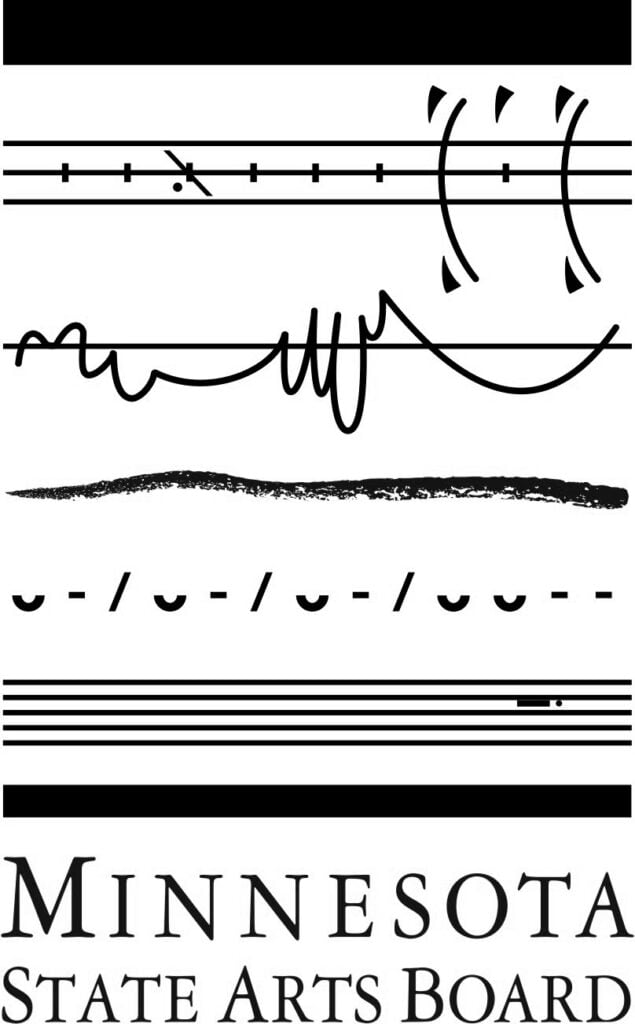
I vaguely remember that film, but I didn’t know anything about it. I imagine the homeless people have more than doubled since then. We support a missions that targets the homeless in that area, particularly the kids. So many runaways. It’s sad.
That’s great, Diane. So many hurting people.